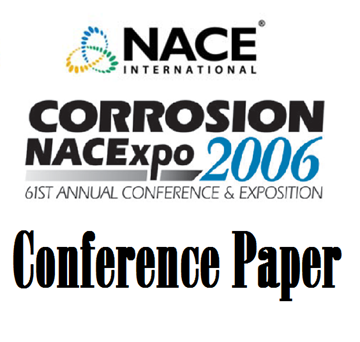Search
08055 Can Zinc Prevent Corrosion of Pre-Stressed Concrete Cylinder Pipe in High Resistivity Soils?
Also Purchased
06163 CATHODIC PROTECTION OF PIPELINES IN HIGH RESISTIVITY SOILS AND THE EFFECT OF SEASONAL CHANGES
Product Number:
51300-06163-SG
ISBN:
06163 2006 CP
Publication Date:
2006
$20.00
08054 Evaluation of 100 mV Development/Decay Criteria on 4 meter Diameter Prestressed Concrete Cylinder Pipeline
Product Number:
51300-08054-SG
ISBN:
08054 2008 CP
Publication Date:
2008
$20.00
97582 ADVANTAGES OF CONTINUOUS IMPRESSED CURRENT ANODES IN HIGH RESISTIVITY SOIL ENVIRONMENTS
Product Number:
51300-97582-SG
ISBN:
97582 1997 CP
$20.00




